From a film about ballet to a ballet about film. In reworking the 1948 Powell and Pressburger classic The Red Shoes for his latest show, Matthew Bourne pays homage to far more than the unforgettable story of a budding ballerina and the bloody toll of her choice between love and career. With the glee of George Lucas recreating second world war dogfights in space, Bourne, a cinéphile since childhood, stuffs his Red Shoes with images from Hollywood’s Golden Age: a French Riviera coast here, a battered old piano there, fur coats and train whistles and sequin-and-feather tap-dancers.
The problem with this love letter to cinema is that it blunts the edge of the story’s cruelty towards Victoria Page, the wearer of the titular shoes. For all the charm of Ashley Shaw (who does a remarkable approximation of Moira Shearer’s quicksilver musicality) and the clever stagecraft that suggests the fatal locomotive, her death on stage doesn’t have quite the same bite as it does in the film. Bourne’s oeuvre, stuffed with stories about outcasts, misfits, moral ambiguity and the costs of personal happiness, still tends more towards redemption through art than damnation.
Unsurprising, then, that his portrait of the borderline-sadistic impresario Lermontov has far less menace than either Anton Walbrook in the film or other baddies from the Bourne back catalogue —though that may also be a function of poor costuming, which makes it difficult to distinguish between the anti-hero Lermontov and the romantic hero Julian Craster (played by the ever-ravishing Dominic North). The confusion is a rare faux pas on the part of Bourne and designer Lez Brotherston, who are masters of character and story delineation: elsewhere in The Red Shoes we marvel at the skill and economy with which Bourne can sketch a vain ballerina (played by Michela Meazza), coarse music-hall dancers, a deathly dull society party or young lovers on a moonlit promenade. Marvels are supplied, too, by the set’s triumphantly mobile proscenium arch (practically a dancer in itself) and the score, a stitched-together medley from Hitchcock favourite Bernard Herrmann’s early work that sounds like something much grander.
Bourne has spoken several times of the resemblance between his own New Adventures company and the Vic-Wells (later Royal) Ballet in its hardscrabble touring phase in the 1930s and ’40s. The commercial and critical successes of his quarter-century career, crowned with a knighthood last year, bear witness to the fecundity and power of this anchoring vision of dance theatre as equal parts hard work, high art and popular entertainment, and in The Red Shoes’s love letter to the strong personalities, hard-won opportunities and burning ambitions of what one might call ballet’s pre-establishment era, it’s tempting to see Bourne claiming for himself that august inheritance.
Referencing the same era but with a different emphasis is the Royal Ballet’s Sleeping Beauty, a 2006 remount of the 1946 spectacular with which the Opera House was reopened after the war and consecrated as the new home of the Vic-Wells ballet. This Beauty has the weight, aura and length of a coronation ceremony, and a remorseless quality that Victoria Page would have recognised. There is flinty determination in the Royal Ballet’s Sarah Lamb all right: she didn’t put a foot wrong on opening night, and Vadim Muntagirov squired her with the easy dexterity that has seen him paired with practically all the company’s lead ballerinas this year. Take Lamb’s precision, Muntagirov’s unbeatably beautiful jumps, and the classy bravura of supporting dancers (including Kristen McNally as Carabosse, and Alexander Campbell and Francesca Hayward as the Bluebird and Princess Florine), and lovers of both ballet and spectacle had plenty of reasons to rejoice.
But for those who had Margot Fonteyn’s girlish Aurora flickering before their eyes, or the faster tempi of old performances ringing in their ears, or a sense of the determined, resourceful, seat-of-the-pants spirit that saw Fonteyn, de Valois, Ashton et al. put together the 1946 performance from parachute silk after six years of war, the contemporary Beauty’s glittering perfection has a certain soullessness. Bourne’s Red Shoes is not perfect, but it makes a convincing claim to at least part of the wartime ballet inheritance — its heart.
Got something to add? Join the discussion and comment below.
Get 10 issues for just $10
Subscribe to The Spectator Australia today for the next 10 magazine issues, plus full online access, for just $10.

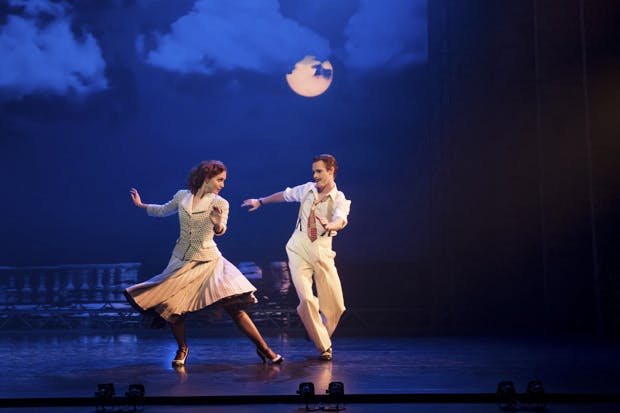
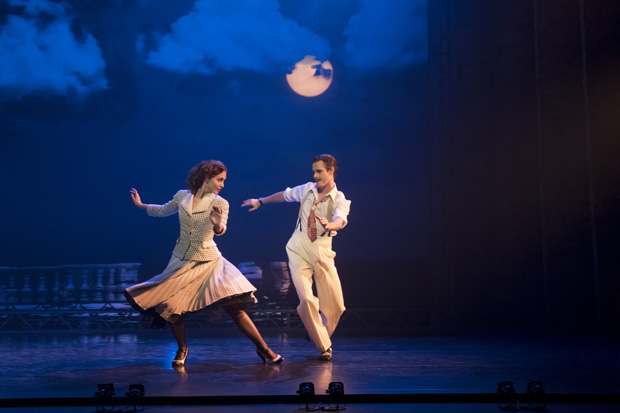
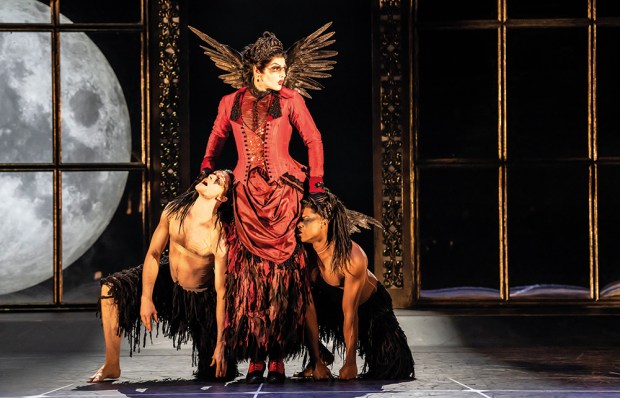
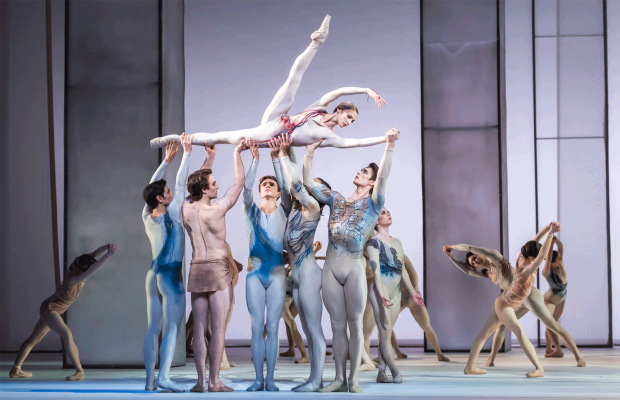
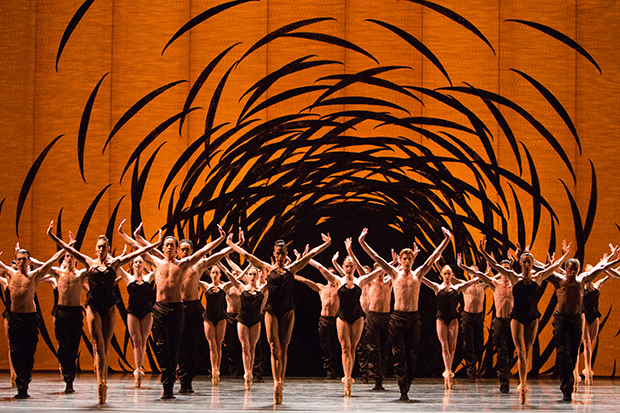
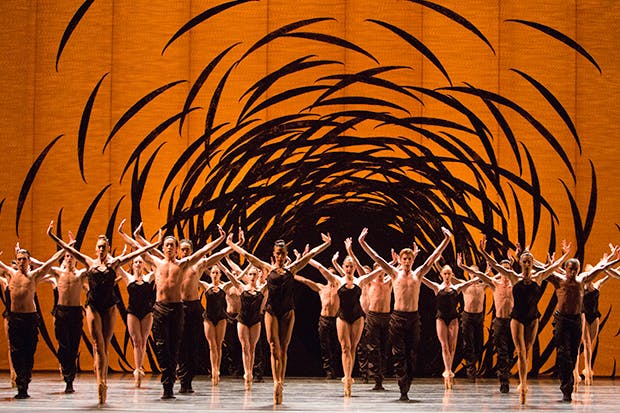
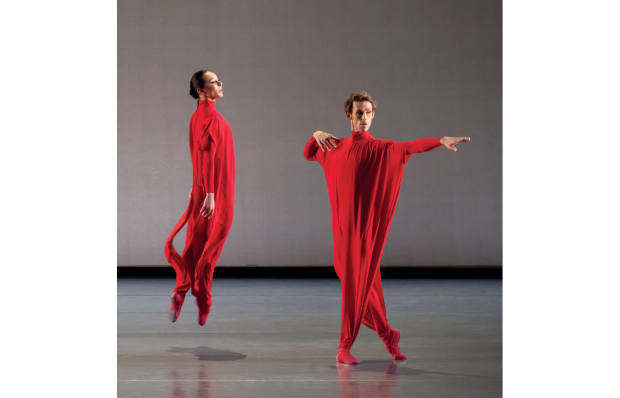






Comments
Don't miss out
Join the conversation with other Spectator Australia readers. Subscribe to leave a comment.
SUBSCRIBEAlready a subscriber? Log in